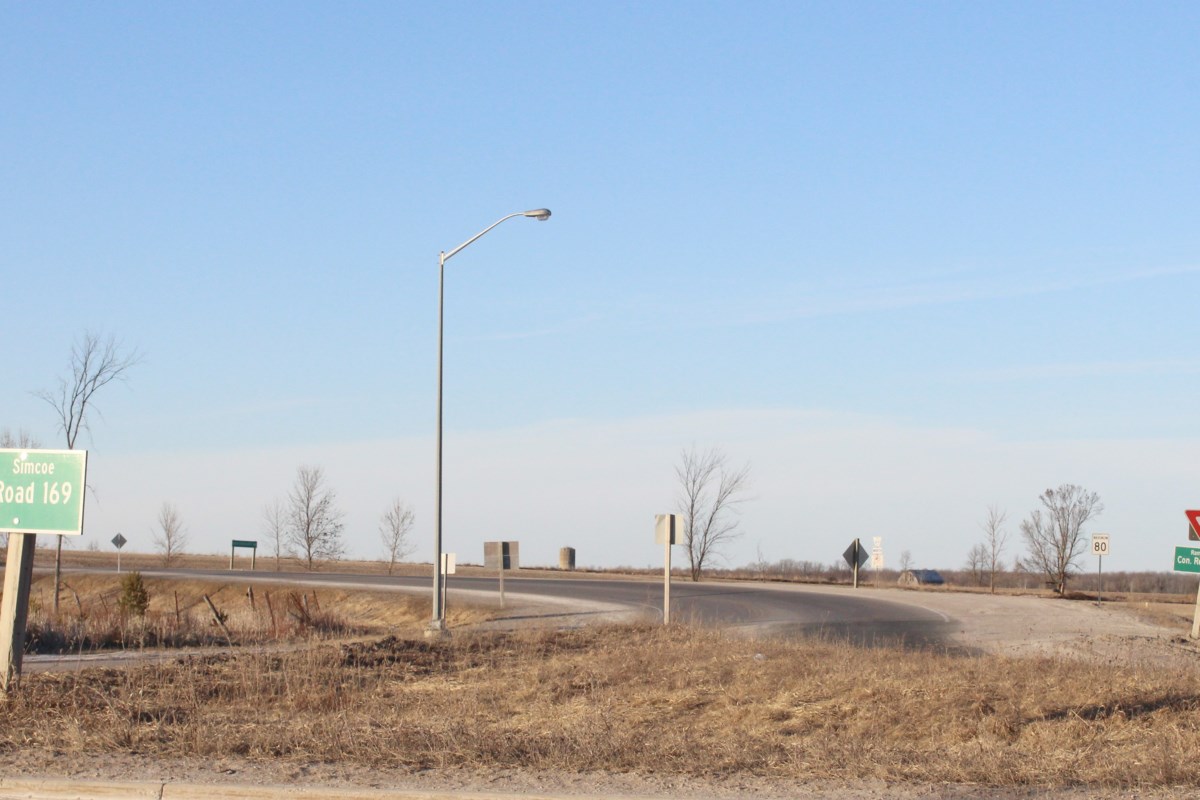I found this. I'm pretty sure it wasn't there in 2019, haven't been that way since before the plague and when I go to Haliburton I use a different route so don't know where it stands.
'Devil is in the details,' mayor says of roundabout at Hwy. 12 and County Rd. 169

www.orilliamatters.com
I'm with you on cottaging. We used to go to my wife's family cottage. To me they're just another place to work on, and don't get me started on shared ownership with siblings.
I think cottaging is a fine idea........( i don't own one)............if.......you keep 2 criteria in mind.
The first is that the commute is imaginable in one fashion or another...........such that one can spend a reasonable amount of time up at one to justify the effort and expense.
In Ontario, and I suspect most of Canada, workers enjoy relatively little vacation time ( 2 weeks is the minimum everywhere but Sask, where its 3); the average across age groups is probably 3'ish............
That's not a lot of time to spent at a cottage..........and as such, its otherwise a weekend retreat which requires that the Friday/Sunday commutes to same not be entirely abysmal; which they tend to be in the GTA.
****
The second, is cost-control on the cottage. Maintaining a second property, particularly one that you will, at best, get 2 months of use out of in a full year (I'm talking total days, not seasons) simply doesn't justify the features of a second home.
When I was younger, cottages were near ubiquitous; but they also tended to lack indoor plumbing..........
My uncles had nice cottages beside one another {40M apart) on a shared lot about 100M of Lake frontage, when I was little.
Everyone in the extended family on mom's side came up semi-regularly unless they had their own cottage.
Which many did.
But....there was no heat, no a/c, and if you needed to go............there was an outhouse.
They were nice cottages, in so far as you could smell the pine and cedar of which they were made, stained natural on the inside........
Painted white outside, set back 30m from the Lake, with docks and fire pits.
They did have electricity, but no cable (or internet needless to say.......)
They were cheap to buy, cheap to maintain.....the only running water was a kitchen sink.................fed from the local lake; .......between the 2 of them, they had ATVs, Snowmobiles and a speed boat, plus fishing gear........
It was a nice experience on the whole............give or take the outhouse.......
But I digress.........the enjoyment of being out in nature was there at a relatively low cost, with a commute of 90 minutes or so.
****
Where commutes routinely exceed 2 hours..........for many, by a factor of 2x or greater..........and where cottage really means second house, with all the attendant expenses and far greater insurance and property tax.......
The wisdom of that for most has probably expired.
But perhaps the solution isn't the end of cottaging............but the end of second homes (or all-season, climate-controlled luxury)..............and the beginning of more reasonable levels of paid vacation......4 weeks + like most of the developed world..........such that people can enjoy a nice retreat, if that suits them.





